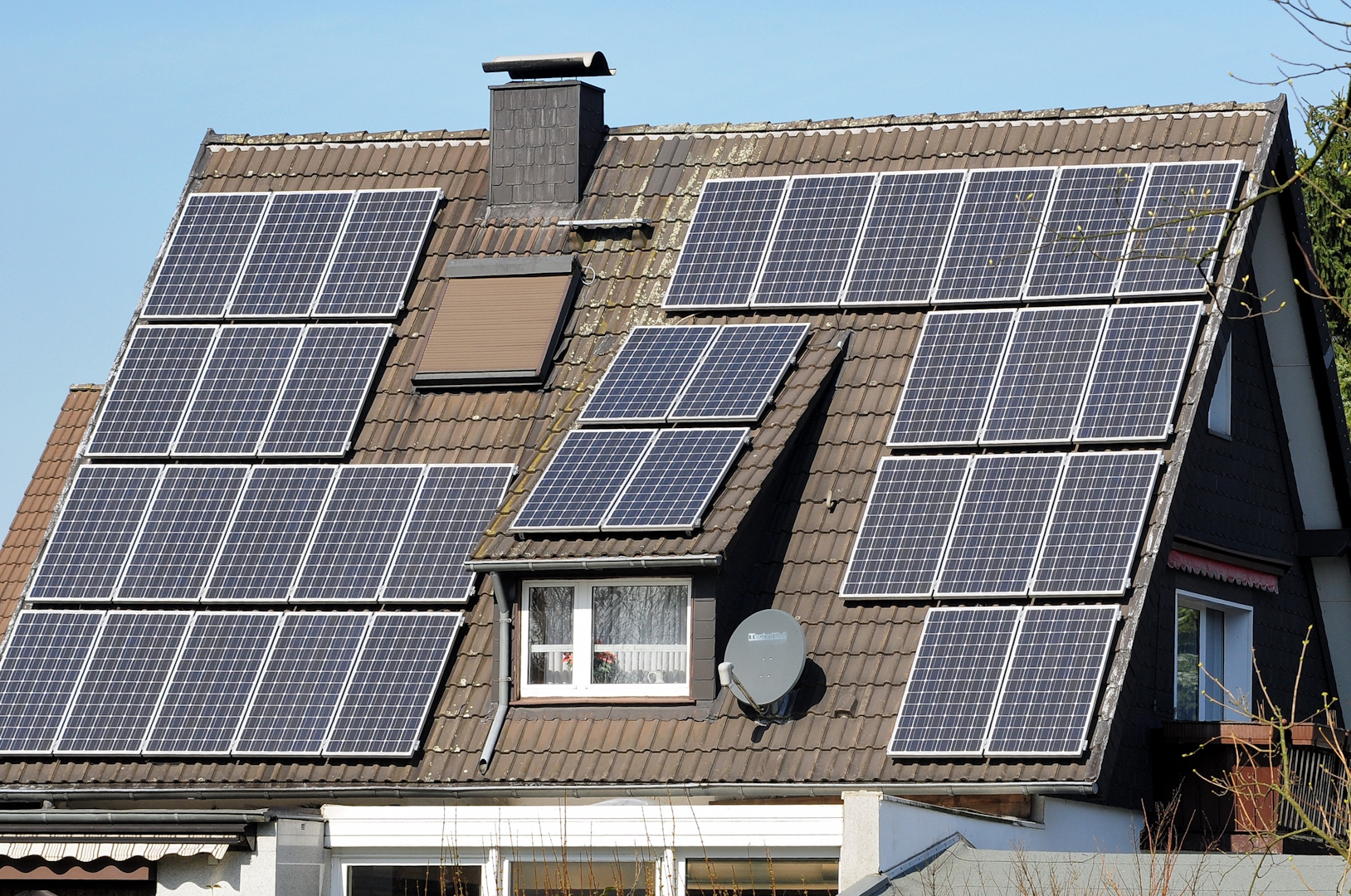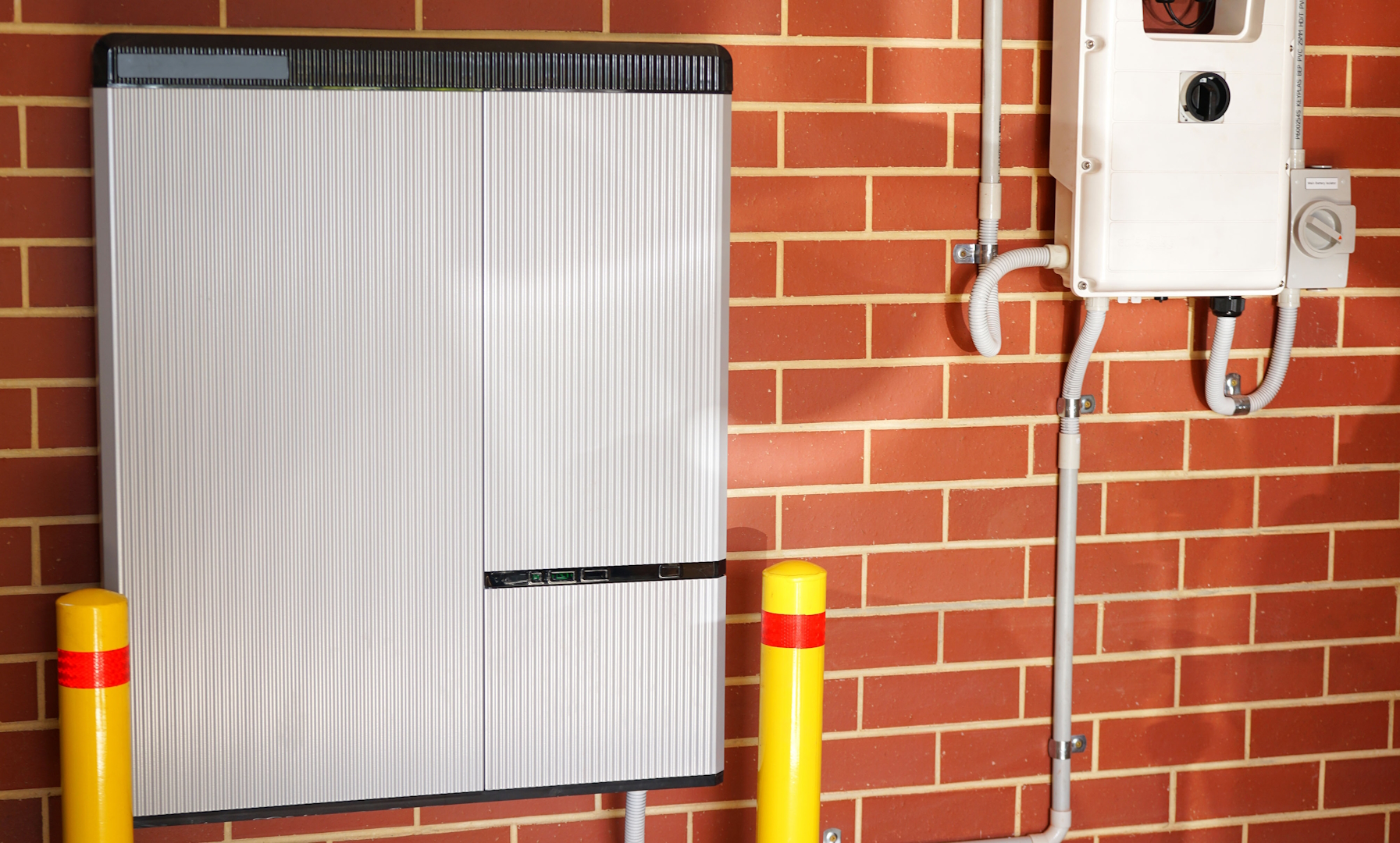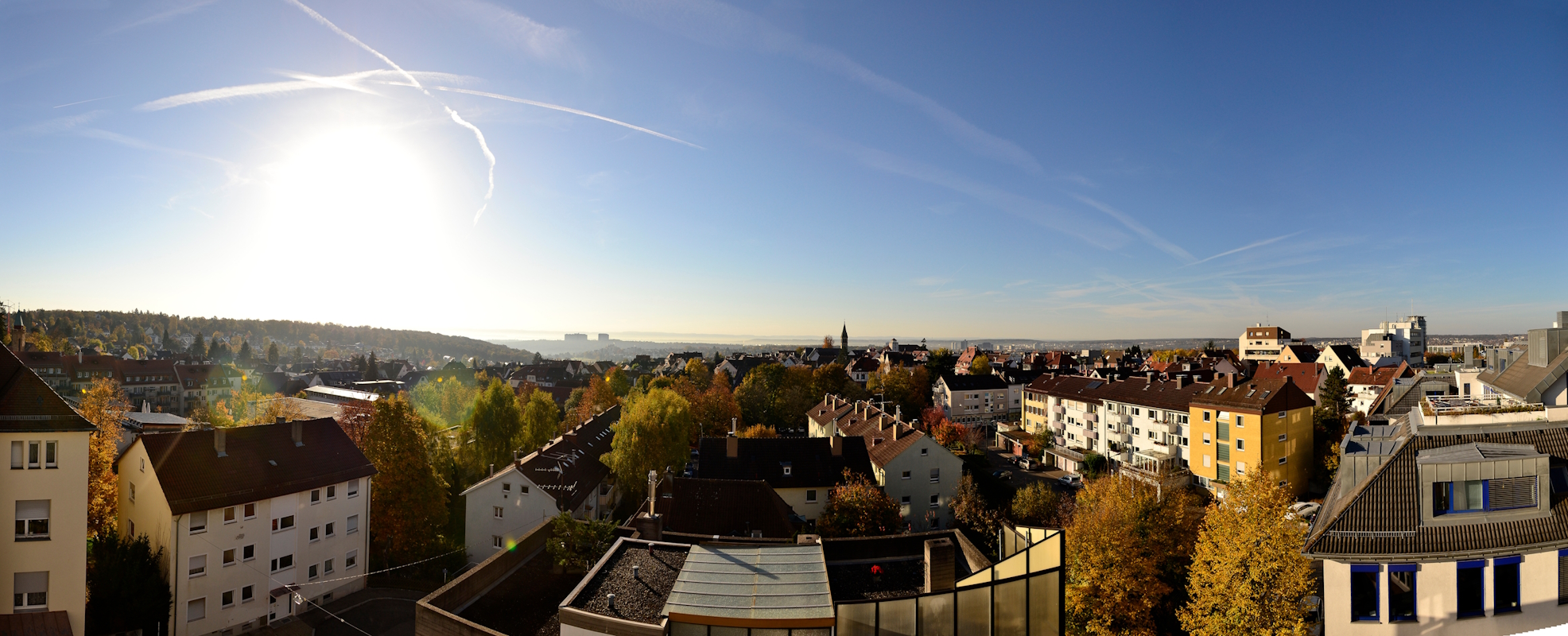Solar Heroes: Preparing for the installer visit and the storage question
Energy
The third online meeting of the Solar Heroes took place in a small group this time - which gave us the chance to focus on Solar Hero Thomas' project. We were able to clarify in detail what to expect at the installers' first on-site appointment. We also discussed the topic of electricity storage in more detail.
Thomas had submitted a non-binding expression of interest with all the relevant data to our expert Robert and the "Stuttgarter Solaroffensiven" for the installation of a photovoltaic system on his detached house (built in 1937) in Stuttgart-Degerloch. As he told us, he was contacted shortly afterwards by one of the installation companies that had been thoroughly checked by the "Solaroffensives". This was followed by a telephone call with a sales representative from the company. Result: The on-site appointment for the installation planning is scheduled for March 1. These visits have already been scheduled for our Solar Heroes Sabrina and Dennis.
From the roof to the cellar - everything is put under the microscope
Our independent solar expert Robert then explained to us in detail how this appointment will take place. In addition to inspecting the roof (including the roof tiles and the question of any necessary replacement tiles) and taking precise measurements, the focus is also on checking the cable routing. In particular, the route from the roof through the chimney into the cellar is considered an interesting option. Of course, this also includes a look into the cellar, especially the meter cupboard. Thomas reported that his switch cabinet has already been replaced and should therefore meet modern standards. In around a quarter of all projects, this meter cupboard has to be replaced, which costs around 2,000 to 3,000 euros, Robert noted. Good news: precisely such measures are also subsidized by the city.
Own electricity storage is already "state of the art" in Stuttgart
During the tour, there will also be room for discussion about the integration of an electricity storage system, announced solar expert Robert Hoening. He emphasized that self-produced electricity can be better used with a storage unit, as the main demand is often in the mornings and evenings - times when the sun is usually not shining or only weakly.
Robert emphasized that a storage system has been installed in around 90 percent of the Stuttgart projects he has supported and explained that this statistical information on storage system installations is also publicly available in the Federal Network Agency's market master data register. In his view, the city of Stuttgart offers "unique support" for the use of self-generated electricity via storage systems.
Storage decision for Thomas: between costs and price erosion
The decision regarding a storage system is nevertheless a challenge for our Solar Hero Thomas. In view of rising electricity prices, which have cost him an increase from 1,500 to around 2,000 euros per year in the last year, he sees storage as a possible solution to cushion these high electricity costs. The surprising increase in his electricity consumption and the associated price trend have given Thomas food for thought.
On the other hand, however, there is the counter-argument of the drop in storage prices, which makes him hesitate. The rapid development on the storage market makes him wonder whether an investment in this area is currently the most economical solution. Thomas is therefore faced with the challenging task of carefully weighing up the pros and cons before making the final decision for or against a storage system.
In the next article, you will find out more about alternatives to standard solar modules, the Solar Scouts initiative and, of course, when we will meet next.
You can read more about our "Solar Heroes" campaign here:
Part 3 - Exploring the solar atlas and storage options
Part 4 - Preparing for an installer visit and storage system
Part 5 - Alternative solar modules and the solar scouts
Part 6 - Transparent routes to photovoltaics in Stuttgart
Part 7 - First visit to the installation company / Criticism of grids and subsidies


